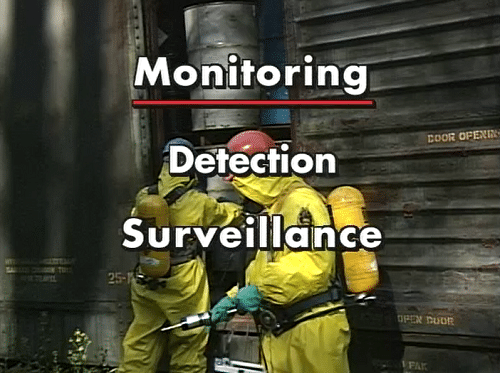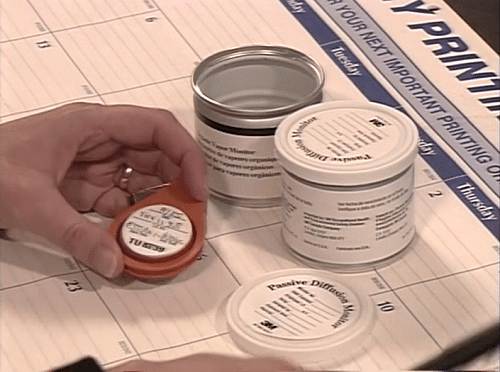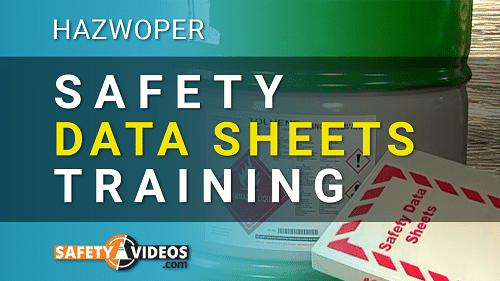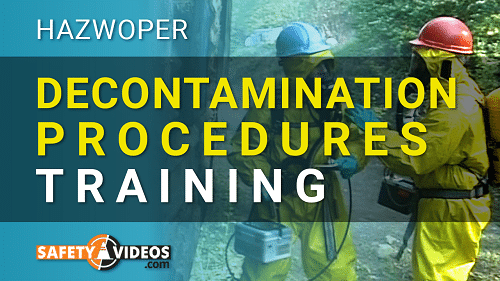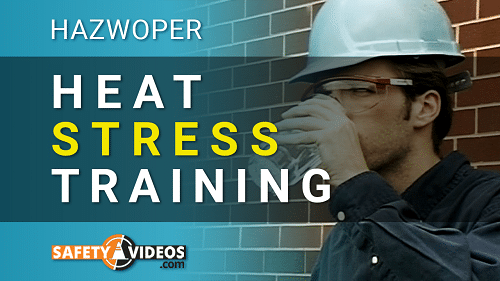HAZWOPER Monitoring Procedures Training
$239

Do your employees need to be trained on HAZWOPER Monitoring Procedures and the equipment that is used? If so, then this training program is for you. Understanding how to monitor a HAZWOPER environment is critical to the safety of your entire team. Likewise, knowing how to use the equipment to do the monitoring can literally save the lives of you and your co-workers.
This HAZWOPER Monitoring and Monitoring Equipment Training Covers:
- What are the dangers of working with hazardous materials?
- How does hazardous materials contamination work, and how can it be spread?
- What are the key components of the OSHA and HAZWOPER regulations when it comes to the handling, storage, and disposal of hazmat?
- What does “monitoring” mean in a HAZWOPER situation? (Monitoring is defined as the detection and surveillance of pollutants, contaminants, and airborne materials that can hurt us)
- What are some items that would be considered airborne contaminants? (Vapors, dust, gases, etc.)
- Can all hazardous materials be felt, smelled, or seen? (No, which is why surveillance and monitoring in a hazmat environment is so crucial to the safety of the team)
- When it comes to monitoring equipment, what are the two types?
- Sampling collection devices that trap airborne contaminants to be analyzed at a later time
- Direct reading instruments are able to provide instant and on-site analysis of any hazardous materials that might be present.
- Which of these devices is meant to detect IDLH or “immediately dangerous to life and health” type conditions? (The direct reading instruments are meant for this task)
- How are sampling collection devices different from direct-reading devices?
- Should both direct-reading and sampling collection devices BOTH be used? (Yes, they work as companions)
- What are oxygen indicator devices, and how are they used?
- What are combustible gas indicators or CGIs, and how are they used?
- What is a gas chromatograph?
- What is a photo-ionization detector, and how is it used?
- What are radiation detectors and colorimetric indicator tubes, and what are they used for?
- What are confined spaces, and why should workers pay special attention to these areas?
- What are the different types of collection media used in sample collection devices? (filter cassettes, impingers, sorbent tubes, etc.)
- What is the difference between fixed location monitoring and perimeter monitoring?
- What is the breathing zone, and why must it be monitored in certain environments?
- What is a personal monitoring device, and how is it used?
- and much more…
Teaching your employees all about HAZWOPER Monitoring Procedures and the Equipment used to monitor is critical in a hazmat environment. This training package will help educate your workers on this important topic. Available on either DVD or USB Stick, it also comes in English or Spanish.

